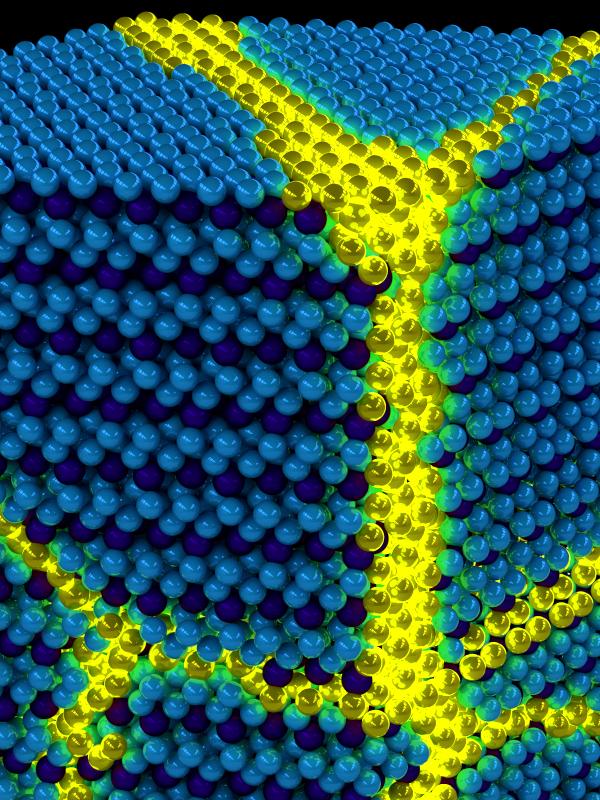
An international team of researchers has discovered a new form of matter which had been theorized almost 50 years ago. The presence of the newly discovered state of matter known as "Excitonium" had been predicted by Harvard theoretical physicist Bert Halperin in the 1960s.
Researchers from the University of Illinois at Urbana-Champaign, University of California and the University of Amsterdam have proven the existence of the new form of matter.
According to the research paper published in the journal Science, excitonium has been found as a condensate which exhibits different properties including that of a superconductor, a superfluid or an insulating electronic crystal. They are made of particles known as excitons which have strange quantum mechanical pairing properties. The particles show properties of an escaped electron and that of the hole which is left behind.
According to Prof. Peter Abbamonte, a Physics professor at Illinois University who led the study, "This result is of cosmic significance. Ever since the term 'excitonium' was coined in the 1960s by Harvard theoretical physicist Bert Halperin, physicists have sought to demonstrate its existence. Theorists have debated whether it would be an insulator, a perfect conductor, or a superfluid—with some convincing arguments on all sides. Since the 1970s, many experimentalists have published evidence of the existence of excitonium, but their findings weren't definitive proof and could equally have been explained by a conventional structural phase transition."
The researchers used non-doped crystals of the transition metal dichalcogenide titanium diselenide (1T-TiSe2) for their studies.
The research states excitonium as an electron which is seated at the edge of a crowded-with-electrons valence band in a semiconductor. It gets excited and jumps over the energy gap to the otherwise empty conduction band, and leaves behind a "hole" in the valence band. The left behind hole acts as a positively charged particle and attracts the escaped electron.
The escaped electron pairs with the hole and creates a composite boson particle which has been named as the exciton. The hole's particle-like features are attributable to the collective behavior of its surrounding electron crowd.
The researchers developed momentum-resolved electron energy-loss spectroscopy (M-EELS) to measures energy and momentum lost during the process. The team measured the excitation which releases the electrons from the bosonic particles, the paired electrons, and holes.
The research has great importance in the study of the macroscopic quantum phenomenon which could be used to study superconductors and superinsulators.








